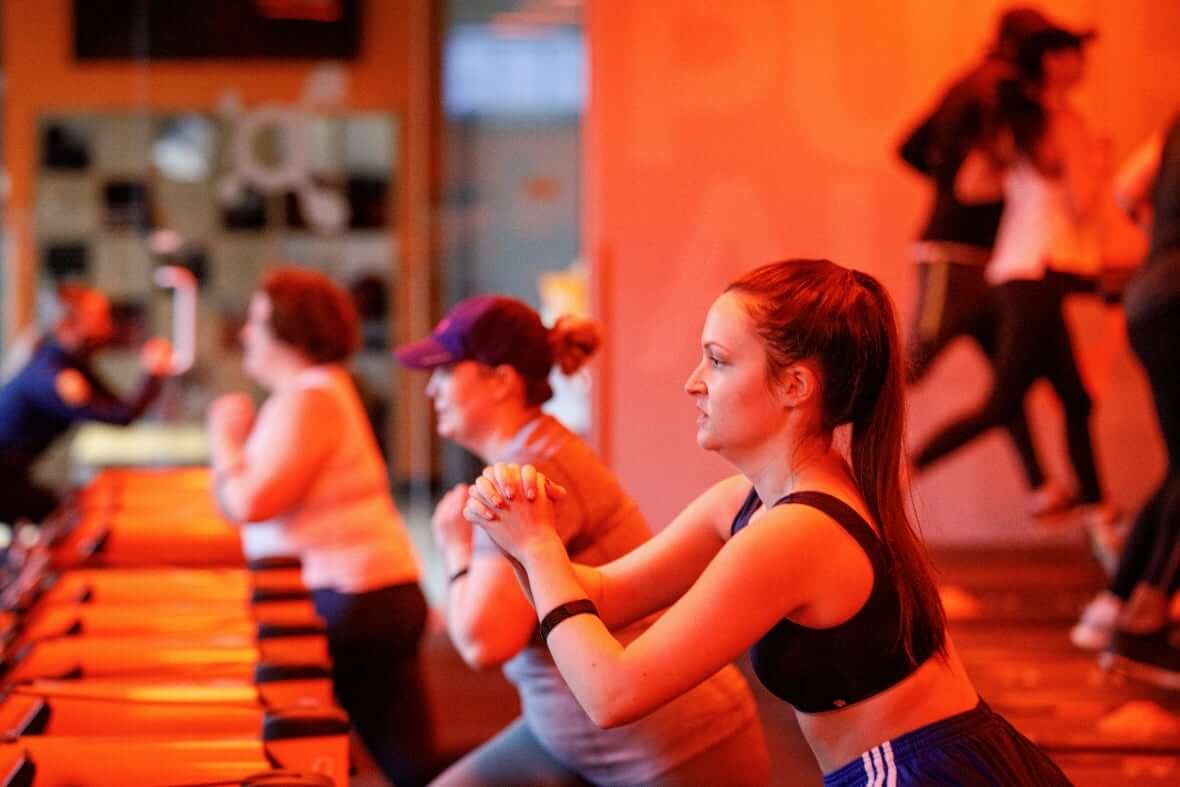Ontario reports 31 new COVID-19 deaths Monday as restrictions on restaurants, gyms lift

Businesses across Ontario that were forced to close to in-person customers earlier this month can reopen their doors Monday, as the province begins to gradually lift COVID-19 restrictions meant to curb the spread of the Omicron variant.
Under the first step in the province’s three-step plan, restaurant dining rooms, gyms and cinemas will reopen at half capacity after being shuttered on Jan. 5. Museums, casinos, galleries, aquariums, zoos, science centres, landmarks, historic sites, botanical gardens and similar attractions can also open indoors at 50 per cent capacity.
Fergus Lally, a trainer and owner of the CrossFit UV gym in Markham, said a number of happy customers showed up to work out at his gym early Monday morning.
“It’s nice to see a lot of people come in [with] smiling faces,” Lally said in an interview on CBC’s Metro Morning. “I think I speak for all small businesses … even though this doesn’t mean a return to full capacity, it’s nice to start to get things back to normal. Hopefully, it’s more positive signs from here on out.”
The reopening comes as Ontario’s seven-day average of deaths reported for people with COVID-19 inches close to the highest point of the pandemic. It follows a rapid surge in cases driven by the highly infectious Omicron variant that overwhelmed testing and contact tracing systems in the province, threatened the hospital system and prompted the brief cancellation of non-urgent medical procedures to preserve hospital capacity.
Capacity limits increased, but restrictions remain
Retail stores, including grocery stores and pharmacies, as well as shopping malls, can operate with 50 per cent capacity indoors.
Larger venues, including sports and fitness facilities, concert venues and theatres can reopen with capacity limited to 50 per cent or 500 people — whichever is fewer.
Limits on indoor gatherings will increase from five people to 10, while the cap on outdoor gatherings will go from 10 to 25.
The City of Toronto says it will resume many services and reopen facilities, including community recreation centres and arenas, fitness centres and classes, indoor pools, indoor skating rinks, and arts and sport drop-in programs.

In addition to capacity limits, businesses will continue to be subject to a number of restrictions. For example, customers at concerts, theatres and cinemas will be required to remain seated. Singing and dancing won’t be allowed in restaurants and bars, except by workers and performers.
Proof of vaccination will continue to be required to enter most businesses.
The province plans to ease COVID-19 measures further on Feb. 21.
Monday’s COVID-19 numbers
Ontario reported 31 new deaths from COVID-19 on Monday.
The province has reported on average 62 new deaths per day over the past week. This is higher than the peak of the first wave and almost as high as the peak of the second, which was 63 deaths per day.
The province also reported 2,983 hospitalizations as a result of COVID-19 on Monday, the first time that number fell below 3,000 since Jan. 10.
Monday’s reported figure is down from Sunday’s 3,019 hospitalizations and Saturday’s 3,439. However, not all hospitals report COVID-19 data on the weekends.
Currently, there are 583 people in intensive care units across the province, 347 of whom require a ventilator to breathe.
More than 56 per cent of long-term care homes in the province have active COVID-19 outbreaks.
Eight schools are listed as being closed due to COVID-19 operational reasons, and 165 schools are reporting staff and student absence rates of 30 per cent or more.
Here are some other key pandemic indicators and figures from the Ministry of Health’s daily provincial update:
- Tests completed: 15,008
- Provincewide test positivity rate: 14.7 per cent.
- Patients in ICU with COVID-related illnesses: 583.
- Deaths: 31, pushing the official death toll to 11,444.
- Vaccinations: 91,134 doses, bringing the total doses administered to date up to 30,649,731. Currently, 91.9 per cent of Ontarians aged 12 years of age or older have received one dose of a COVID-19 vaccine, while 89.2 per cent have received two. The percentage of people over the age of 18 who have received a booster dose is 53.2 per cent.
Indicators heading in right direction, scientific director says
Dr. Peter Jüni, scientific director of Ontario’s COVID-19 Science Advisory Table, said many of the province’s key indicators, including test positivity rate, wastewater surveillance and hospital occupancy, are heading in the right direction.
“It’s all good news — we are ready for this step,” said Jüni.
Despite those positive signs, Jüni’s said the number of people who have received their third dose of vaccine is too low, which could pose a challenge in the coming weeks as the province continues to gradually ease restrictions.
As of Sunday, 91.8 per cent of Ontarians aged 12 years of age or older had received one dose of a COVID-19 vaccine, while 89.2 per cent had received two. A total of 6,357,416 people had received their third dose.
“It’s really important, especially for people in their 40s, 50s, 60s, 70s, 80s to get their third dose because we have a lot of people who are vaccinated with two doses and these people all need additional protection to keep the strain in our hospital low, but also to benefit themselves from the improvement in prognosis,” Jüni said in an interview on CBC’s News Network.
“We really have a ‘fallen asleep’ situation regarding the rollout and there is capacity.”
Jüni said increasing the number of people with three doses will make high-risk public settings safer. He has been calling on the province to change the definition of the term “fully vaccinated” from two to three doses.








Redes Sociais - Comentários